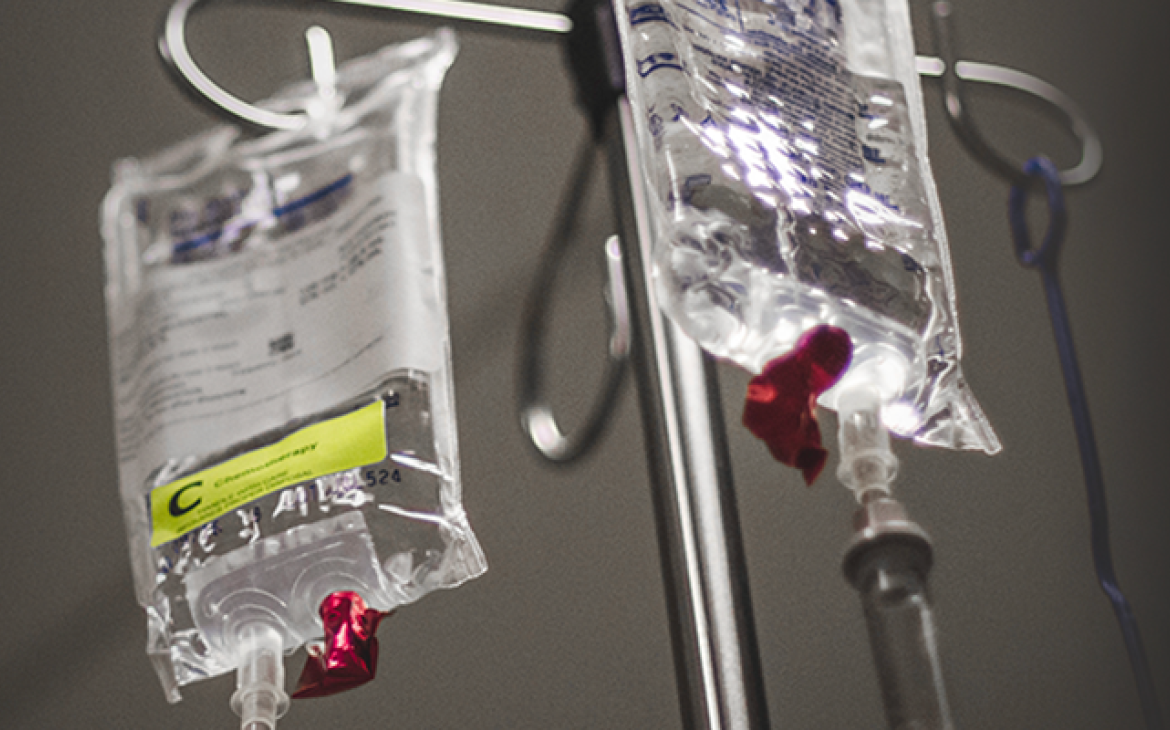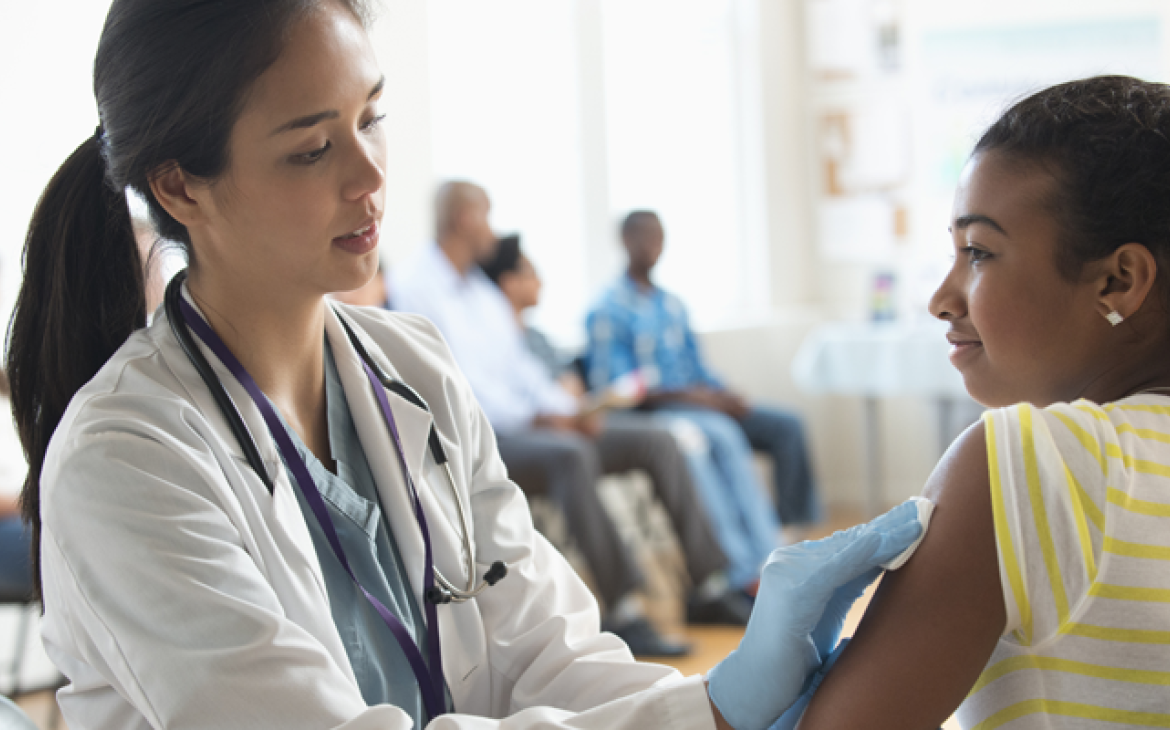
The COVID-19 pandemic has presented unprecedented challenges around the world, including to national public health systems and the international biopharmaceutical industry. The first few months of the pandemic exposed long-standing vulnerabilities in the global supply chain for medical products, resulting in wide-spread shortages of critical medicines, hand sanitizer, personal protective equipment (PPE), and other medical products. At the same time, widespread global cooperation between governments, industry, and other organizations has led to extraordinary speed in development of safe and effective vaccines—which public health experts agree is necessary to return the world to normal and restore economic stability. As COVID-19 vaccines are administered to people around the world, robust quality management systems will be essential at every step of the delivery process to ensure widespread distribution and use of the vaccines.
Collaboration: the key to ensuring quality COVID-19 vaccine delivery and administration in the ‘last-mile’
Just as global cooperation among governments and industry has been necessary in the development of COVID-19 vaccines, collaboration among manufacturers, distributors, shippers, and frontline healthcare workers is equally important to maintaining quality throughout the “last mile” of distribution and delivery of the vaccines. The last mile involves all of the steps between when a medical product is made, through transport, storage, handling, and administration to individual people, as well as all the record keeping that accompanies those steps. Failure to maintain appropriate temperatures and other problems can lead to significant numbers of doses of vaccines lost in these last critical steps.
Public health systems and healthcare practitioners have successfully and safely delivered and administered robust immunization programs for years. Examples include multiple childhood vaccine programs, the millions of doses given for H1N1, and annual influenza vaccinations across countries. However, there are many unique challenges to delivering COVID-19 vaccines.
- First, due to the global nature of the pandemic, the world will need an estimated 10 to 14 billion doses of vaccines to reach the global population before achieving the so-called “herd immunity” needed to return to normal. That’s never been done before in the history of the world. Overcoming this challenge will require public health, healthcare, and other systems—such as transportation companies and storage facilities—to work together in new ways.
- Second, as with many vaccines, the COVID-19 vaccines require people to receive two doses, administered at two different points in time, for the vaccine to be effective. Because there are several types of vaccines—which are not interchangeable and which will require different administration schedules—people should feel confident that they are receiving the appropriate second dose, at the right time. Healthcare providers need to have systems in place to maintain records and communicate information correctly to the public.
- Third, several different vaccines are available and more will be approved for use over time. Each vaccine will have unique requirements for storage and handling. For example, two of the first vaccines authorized for distribution are made from a technology called messenger RNA or mRNA that requires ultra-cold storage. Because of these temperature requirements, there are many special considerations for how the vaccines should be stored, transported, handled, and administered. Because ultra-cold storage facilities are not widespread, those vaccines may not be feasible for all, especially in resource-limited countries and communities, due to limitations in the infrastructure needed to maintain quality of these products.
Taken together, these challenges create the potential for a perfect storm where seemingly isolated problems could lead to quality lapses that extend to multiple places. Such failures could further erode public trust in COVID-19 vaccines. In anticipation of these challenges, public health entities are working to proactively plan for and try to mitigate these problems.
Resources to address quality COVID-19 vaccine distribution and handling challenges
USP is an independent, nonprofit, scientific organization that has been dedicated—for more than 200 years—to improving global health through public standards and related programs that help ensure the quality of medicines…including vaccines.
USP is working with our partners in industry and government to not only identify how the challenges described above could lead to quality problems, but also provide solutions that strive to maintain quality and improve public trust. For example:
- Storage Temperature: COVID-19 vaccines must be kept at low temperatures, some as low as -70°C, continually from the point of manufacture until they are ready to be used. Once thawed, they can be stored at standard refrigerated temperatures of 2° to 8°C (36° to 46°F) for between 5 and 30 days, depending on the vaccine, as they are being administered. Processes to ensure adequate control of vaccine temperatures during storage and shipping, either in specially developed cold boxes, or in facility freezers, will need to be in place to ensure every vaccine is kept at the required temperature. Monitoring of the temperature of the unit/shipment will also need to be in place to detect temperature excursions, or any temperature reading outside ranges recommended in the manufacturers' package inserts. USP General Chapter <1079> Risks and Mitigation Strategies for the Storage and Transportation of Finished Drug Product provides background on the packaging, storage, and transportation process that maintain the quality of finished drug products, including vaccines.
- Temperature Excursions: If the temperature falls below or above the ideal during storage or transport of the vaccine, the manufacturer or distributor should be contacted immediately for instructions about what to do with the affected doses. Temperature excursions can result in degradation of the vaccine and loss of potency, and therefore may need to be discarded. USP General Chapter <1079.2> Mean Kinetic Temperature in the Evaluation of Temperature Excursions During Storage and Transportation of Drug Products provides principles and mitigation strategies for a product’s mean kinetic temperature (MKT), or a way to summarize the time history of a product’s temperature exposure with a single, “virtual” temperature. MKT considers the fact that long temperature excursions at only slightly elevated temperatures can be just as impactful, or more, than short temperature excursions at higher elevated temperatures.
- Quality Review During Receipt: When the vaccine is delivered to the site where it will be administered to people, it is especially vital that the vaccine shipment and handling information be immediately reviewed to ensure the correct shipment was received and temperature was maintained. There will be multiple COVID-19 vaccines available, and it is important that the healthcare workers or others responsible for handling and administration of the vaccines carefully review the contents and instructions for every shipment they receive, which is among the mitigation strategies recommended in USP General Chapter <1079> Good Storage and Distribution Practices for Drug Products.
These are just some of the tools available to help address challenges in the supply chain for COVID-19 vaccines. Because quality is the foundation upon which trust is built, continued proactive and collaborative work, among all parties, is critical to ensuring quality vaccines reach people. To that end, USP continues to engage stakeholders for feedback on the tools and resources necessary to address these challenges, especially to ensure frontline providers have the information needed for administration. Visit www.usp.org/COVID-19 to learn more about USP’s COVID-19 work and resources.


